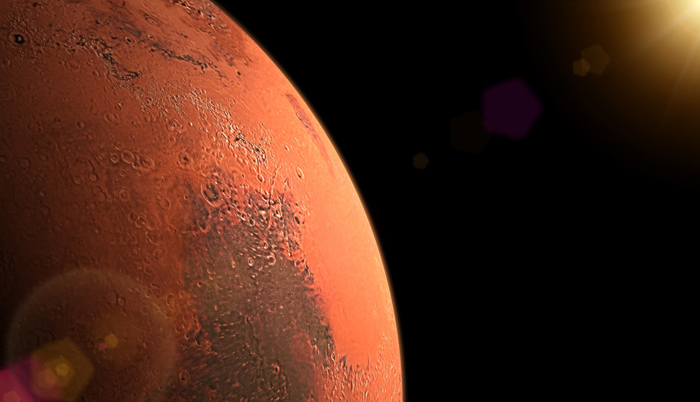![]() Home > Space & Science
Home > Space & Science
Optical Laser Uses Shockwaves To Peer Inside Distant Planets

Getty Images/iStockphoto
![]() August 17th, 2017 | 09:26 AM |
August 17th, 2017 | 09:26 AM | ![]() 1760 views
1760 views
ENGADGET
It has as much kick as 17 Teslas discharging their batteries in a second.
Scientists at SLAC's National Accelerator Laboratory are able to peer even further into space thanks to an improved optical laser. The laser uses shockwaves to create high pressure conditions in materials, and the material's response is then captured by an ultra-bright X-ray laser, revealing what's going on inside planets and meteors. Upgrades to the optical laser means it's now three times more powerful, with the equivalent power of 17 Teslas discharging their 100 kilowatt-hour batteries in a single second.
Using this technology researchers have already investigated the effects of meteor impacts on minerals within the Earth's crust, but the increased range and power of the laser means scientists can now begin exploring higher pressure material much further away. Shaughnessy Brennan Brown, a doctoral student in mechanical engineering, said the upgrade enables researchers "to generate exciting, previously-unexplored regimes of exotic matter -- such as those found on Mars, our next planetary stepping stone -- with crucial reliability and repeatability".
Source:
courtesy of SPACE
by Rachel England, @rachel_england
If you have any stories or news that you would like to share with the global online community, please feel free to share it with us by contacting us directly at [email protected]